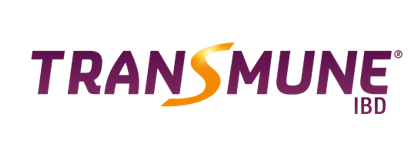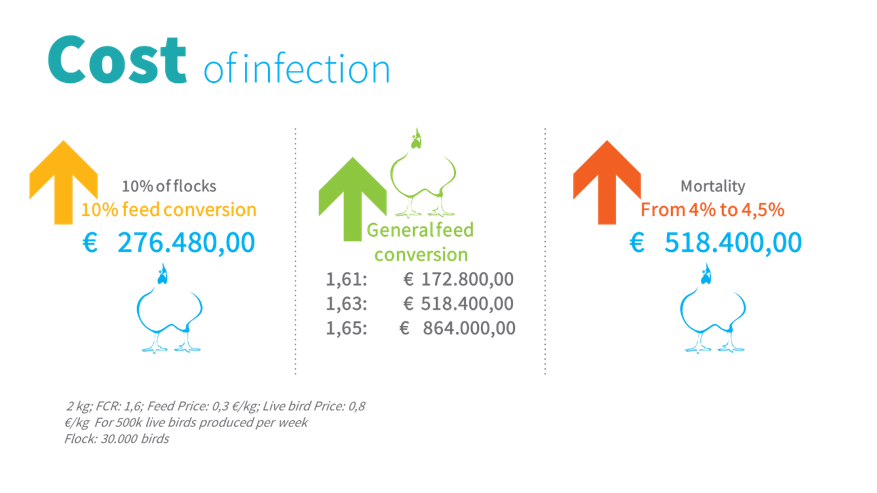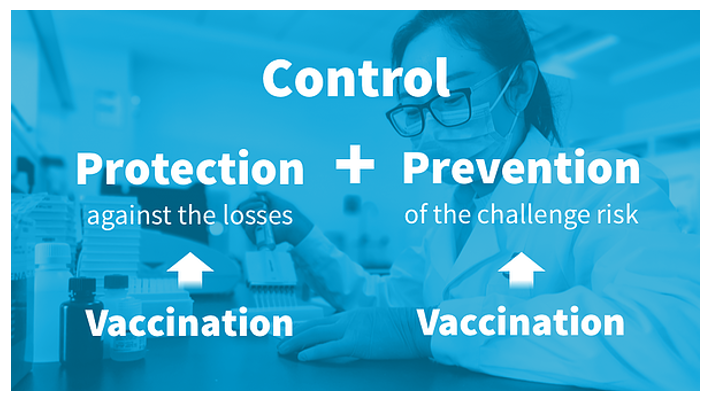



What is the impact of Gumboro (Infectious Bursal Disease) in the field?
Nowadays, the flocks are challenged in the field by very virulent and variant strains of IBD in several countries, leading to clinical or sub-clinical form of the disease.
The impact of the Gumboro in the performance of the poultry flock is still high, and the cost of IBD has been very well documented in different publications in the last decade.
It has a direct impact on mortality, from 5% to 30%, depending on the degree of protection of the birds and the form of the disease (Rosenberger et al., 1986; Van den Berg, 1991). In subclinical cases, the flock income will be reduced, as a 10% reduction in profit due to weight loss and increased FCR (McIlroy, 1992).
See some of the impacts of clinical and sub-clinical Gumboro Disease:
- Decrease in flock performance;
- Increase of mortality rate;
- Losses in feed conversion;
- Decrease of weight gain;
- Negative effects on the flock uniformity.
In terms of performance and economical impact, it is well established that Gumboro disease can result in the decrease of weight gain, as well increase the feed conversion, secondary infections, slaughterhouse condemnations, mortality and morbidity, leading to losses and decreased profitability.
Considering the effects observed due the Gumboro Disease, it is possible to calculate some financial impacts, or in other words, the cost of infection. Below you will find the economic analysis of the cost of infection in some situations (considering a production operation of 100.000 broilers per day, with flocks of 30.000 broilers each):

- In a situation where 10% of the flocks has the subclinical infection, and as an average of 10% increase of feed conversion on these flock;
- Increase of general feed conversion,
- Of 1 point: from 1,60 to 1,61;
- Of 3 points: from 1,60 to 1,63;
- Of 5 points: from 1,60 to 1,65.
- Increase of 0,5% of mortality (example from 4% to 4,5%)
For all this situations, that are commonly occurring in the field it is possible to note the high economic impact, and directly impacting as well the profitability of the poultry production.
So, to control the Gumboro disease, as a resident disease, vaccination should be used with 2 main objectives: protect the chickens and prevent the challenge.

The vaccination program should aim to stop the Gumboro cycle.
Other factors that should be observed for optimal short-term and long term control of Gumboro Disease include biosecurity, cleaning & disinfection, and achieving passive immunity.
To know more, access the Gumboro Disease webpage, and www.transmune.com









